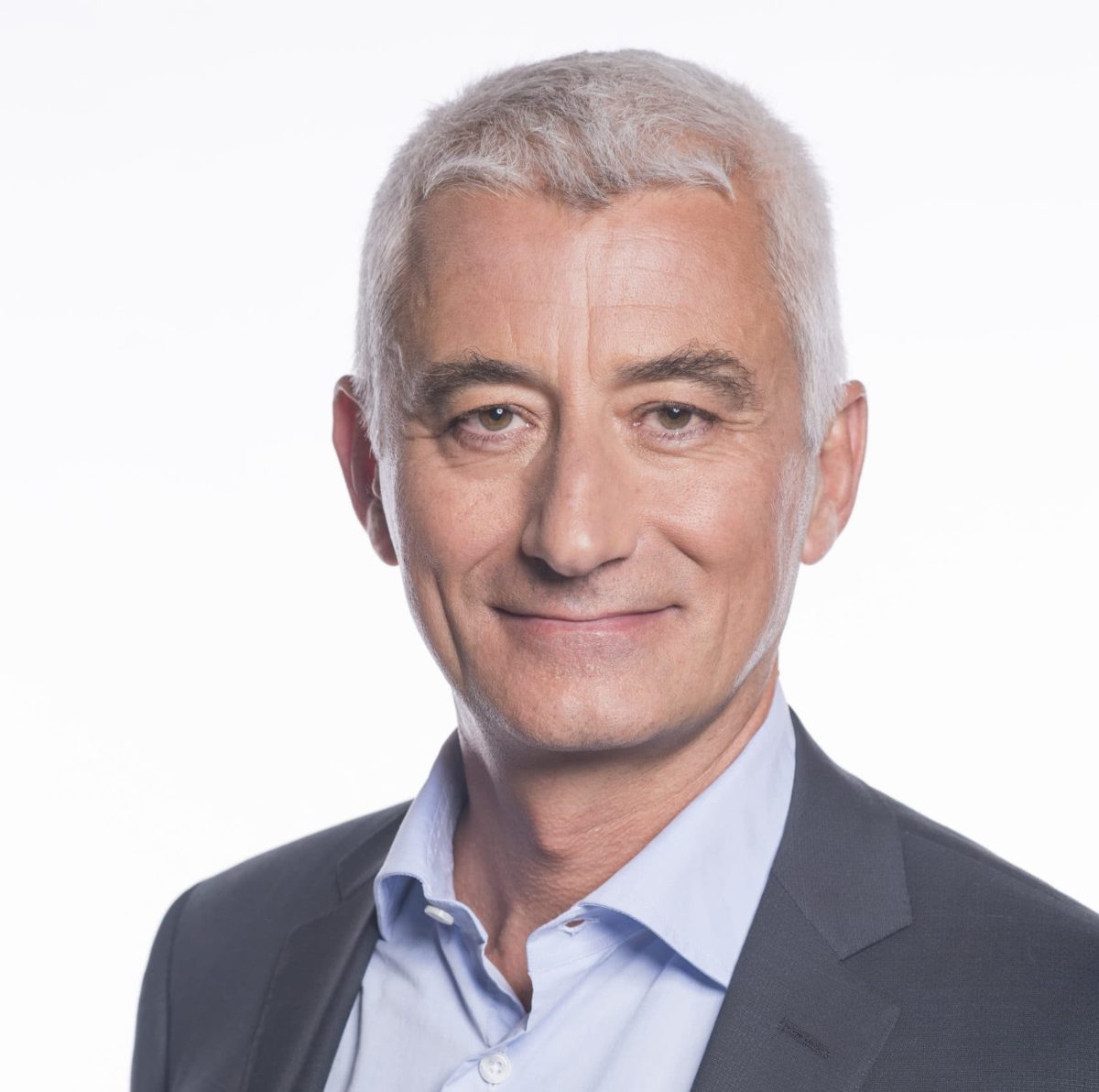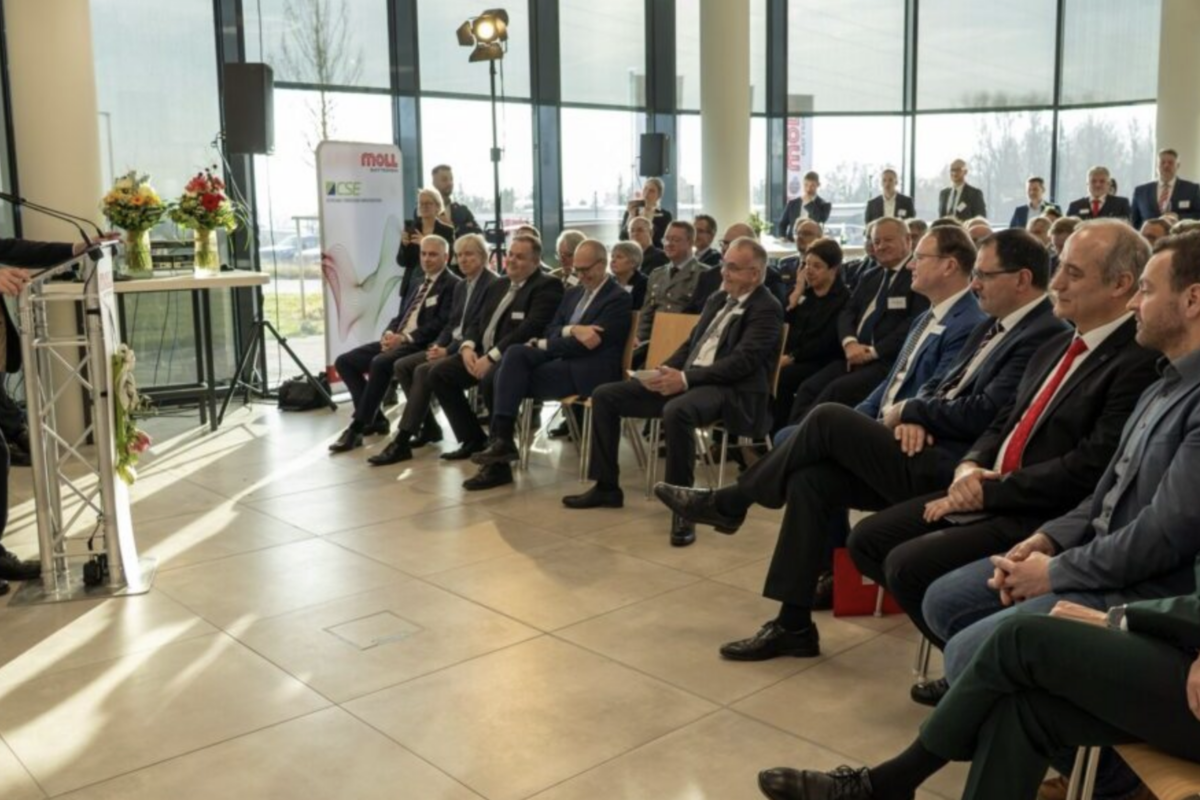pv magazine: Mr. Lepercq, your company, Soladvent, is part of the Hydeal consortium and you are its spokesperson. The consortium plans to deploy 95 GW of solar and 67 GW of hydrogen in southern Europe by 2030. How is this massive target achievable? Considering that the project will start in 2022, we are talking about around 10.5 GW of solar and 7.4 GW of hydrogen capacity per year. Should we consider this capacity as separate from the standard market development?
Thierry Lepercq: These numbers seem big, but they are not. They represent a mere 1% of European fossil fuel consumption. The global PV market is set to reach 200 GW this year according to some estimates and keeps expanding exponentially, so we are talking about a tiny fraction of this market. The capacity of solar power projects which have applied for grid connection in Spain alone is in excess of 220 GW, although the limitations of the power grid mean most of these projects will only materialize under the form of hydrogen, connected to the gas grid. It is true that the global electrolyzer manufacturing capacity is still quite small. But wait for the gigafactory announcements to be made in the next 12 months: people are going to be stunned!
You recently stated that the project may make a big jump between 2025 and 2026. What will happen exactly at this stage? Will lower PV panel prices also play a role?
PV is on an incredible race to ultra-competitiveness. The €10/MWh threshold is about to be crossed — and continuous technology and manufacturing progress guarantees that this race will not slow down for at least a decade. The jump of green hydrogen volumes and corresponding fall of costs we anticipate by 2025 are the result of two factors: the ramp-up of electrolyzer gigafactories, which will bring about massive capacity additions from 2024 onwards, and the deployment of thousands of kilometers of dedicated hydrogen transmission pipes and terawatt-hours of underground storage to match at that horizon.
The consortium aims to reach a green hydrogen price of approximately €1.5 kg by 2030. Recent studies have shown that a $2 kg target could be hardly achieved and, eventually, only in certain markets. Can you explain how this could be technically and economically achieved? Is the crossing of the €1.5 threshold unavoidable for making green hydrogen viable?
As a solar entrepreneur, I defied skeptics at Solairedirect, my former firm, with the best bid in a highly competitive auction in India in 2011, the first merchant solar park in Chile in 2013 and the first project below $20/MWh in Mexico in 2017. Industry watchers should know it by now: entrepreneurs and actual projects have always beaten “studies” and “experts”, which have systematically proved to be behind actual market forces. My company is aiming at €1.5/kg delivered, including transmission in storage, not in 2030 but in 2022, because that is what the market demands. Around €1/kg is the equivalent of delivered natural gas in Europe, plus a €0.5/kg carbon value, corresponding to €50/t of CO2. There is no magic to get there. You need three factors: large-scale sites of over 500 MW; high irradiation areas such as Spain, Portugal and Tunisia; and industrialized solar and electrolyzer EPC based on mature and scalable technologies, competitive long-term debt financing thanks to the de-risking of offtake and cash flows.
How much of the expected drop in price for green hydrogen will come from improvements in PV technology and how much from an improvement in electrolyzer technologies?
As seen in auctions in recent months in Spain, Portugal and the UAE with prices ranging from €11 to €14/MWh, solar PV has already reached the required cost level, but further progress will certainly help. We are not banking on disruptions in electrolyzer technology, as we stick to alkaline, the most mature and cost-efficient by far, but rather on incremental progress in energy efficiency through bigger stacks and effects of scale in procurement and manufacturing. We anticipate a fall of 60% of all-in electrolyzer costs, including EPC, to below €400/kW by 2025.
In order to reach these ambitious targets in terms of volumes and prices, what kind of scale do individual projects have to reach? Can we imagine gigawatt-sized solar plants linked to giant electrolyzer in southern Europe?
Yes indeed. The key to success is the joint location of large-scale solar and electrolyzers directly connected to the gas and soon hydrogen grid. Connection to the power grid should absolutely be avoided as it massively increases the overall costs without providing benefits. We are already working on sites south of the Mediterannean with individual capacities of more than 25 GW.
Spain has been chosen as the preferred region for the project. Are there plans to expand it to other countries such as Italy, Portugal or France? What kind of characteristics should an ideal location for big green hydrogen projects have? Is the presence of a close industrial demand for hydrogen necessary? Will the produced hydrogen also be shipped to markets outside Europe?
It is a resource play. If you look for oil, you should opt for the Permian basin rather than the Paris region, which does produce tiny volumes. When it comes to solar you want 2,000 kWh/kW and plenty of available land. Only two European countries meet these requirements: Spain and Portugal, and possibly some parts of South Italy. France is handicapped by a significantly lower resource and nightmarish permitting procedures. The availability of very cheap pipeline transport means you can have thousands of kilometers between production and usage. German industrial giants already know they are going to thrive with Spanish and Tunisian hydrogen from large, low-environmental impact sites. Europe as a whole will not export and it will remain a significant importer — just as is the case for oil and gas today.
You recently stated that the consortium will begin selling hydrogen in September 2022. What kind of prices and sales volumes can we expect for this time? How many of these first attempts will rely on existing gas infrastructure?
The market, always the market. We are targeting a €1.5/kg sales price from the first day, because this is what customers demand in the industry for chemicals, refining, steel, cement, the energy sector for power and heat, and mobility for shipping and trucking fuel. It is a binary commodity play. If you can reach market price, there is no limit to what you can sell. If you are above the market, nobody will buy from you. We will start injecting in the gas grid and market our product with guarantees of origin, and move to dedicated hydrogen pipes as soon as they are ready. We expect to cross the 20,000 t/y mark in early 2024 and ramp up to 500,000 t/y two years later.
Is the consortium hoping that favorable regulatory frameworks and some sort of incentives will be given to hydrogen? What kind of conditions should be created by policymakers to make projects like HyDeal succeed?
The hydrogen industry is a zero-carbon copycat of the oil industry. Upstream, midstream and downstream is the way to go. We are highly confident that both ends of the value chain can take care of themselves. The key issue is the midstream, this means transmission and storage. We need governments and regulators to implement proper regulatory frameworks to allow investment decisions in repurposing and expanding existing pipes and underground caverns to be made ASAP. Seeing how this issue is seriously taken up by the European Commission, certain governments, especially the German one, and gas transmission operators across Europe, I am quite optimistic!
This content is protected by copyright and may not be reused. If you want to cooperate with us and would like to reuse some of our content, please contact: editors@pv-magazine.com.




How many €100 billion infrastructure projects will they need to get to €1.5/kg hydrogen? How many cycles do the new tech electrolyzers last? How about costs and efficiencies for other parts of the distribution system? Until real data is available of the life cycle cost of this green hydrogen boondoggle even with free electricity, I’m in the non believer category.
La grande svolta è a portata di mano. Thierry Leperc è uno che non racconta fesserie, il fatto che dica che entro il prossimo anno ci sarà la concreta possibilità di produrre idrogeno verde da fonti rinnovabili come il solare a 1,5 euro/Kg, è una vera notizia. Ero rimasto al 2025 ipotizzato dal costruttore di elettrolizzatori norvegese NRL, ma devo ammettere che nel settore dell’energia giorno dopo giorno le cose cambiano e in meglio. Le parole magiche sono: ricerca, innovazione, economie di scala.
Saluti da Reggio Emilia
Antonio Saullo